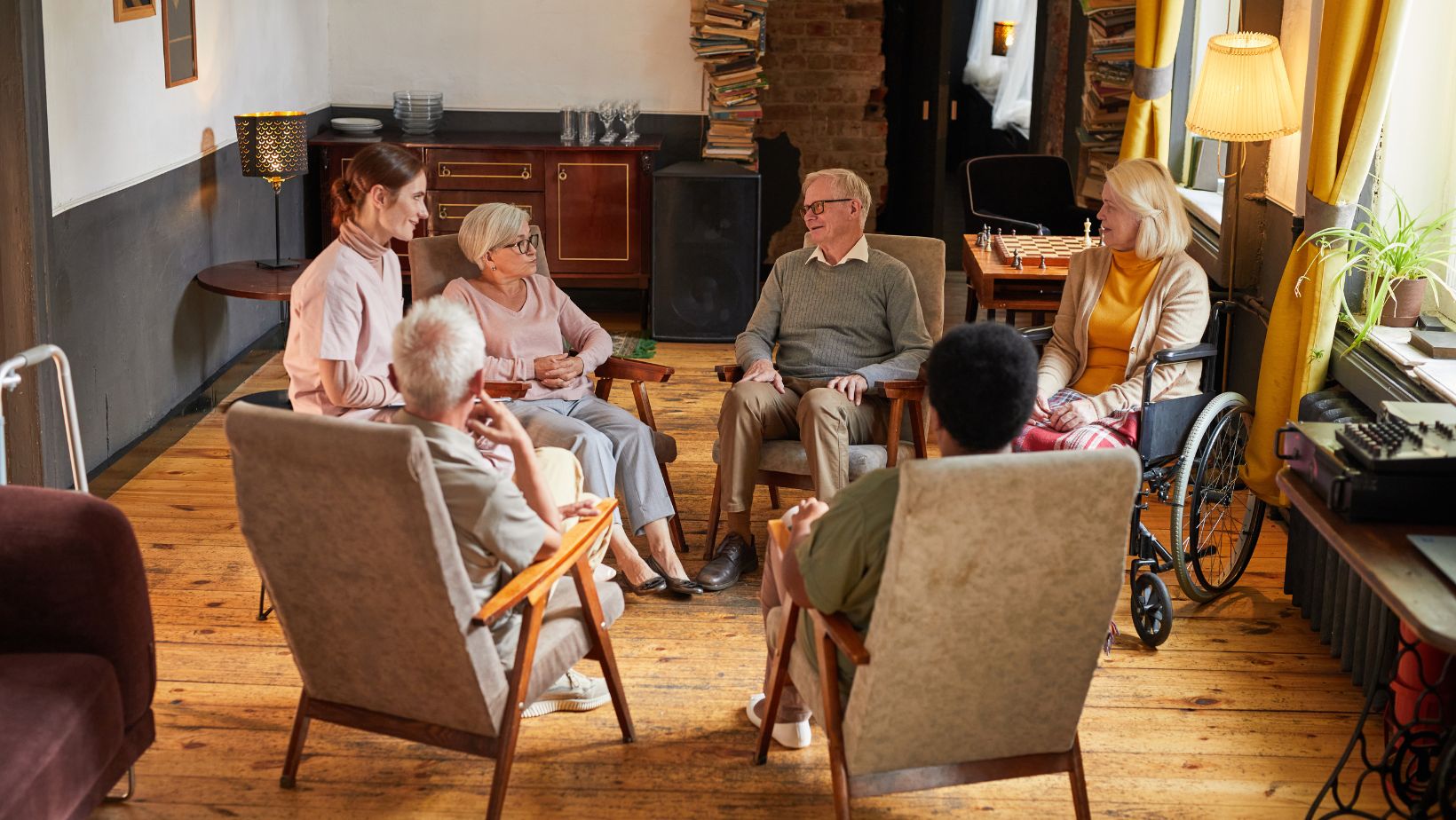The history of residential mental health facilities is a story of continual evolution, mirroring the advancements in our understanding and treatment of mental health disorders. From their origins as asylums to their current status as modern therapeutic centers, these facilities have undergone transformative changes, each phase reflecting the prevailing attitudes and medical practices of their time.
In the early days, mental health care was primitive and often inhumane. Asylums, the precursors to modern facilities, were less about treatment and more about containment. These institutions were characterized by their poor conditions, with overcrowding and a lack of proper medical care being commonplace. The primary aim was to isolate individuals with mental health issues from society, with little regard for their well-being or rehabilitation.
The mid-20th century marked a significant shift in mental health care approaches. The movement towards deinstitutionalization began in the 1950s and gained momentum in the 1960s. This change was driven by a growing recognition of the rights and dignity of mentally ill individuals, coupled with advances in psychiatric medication. The goal shifted from isolation to integrating individuals with mental health issues into the community and providing treatment in more humane and supportive settings.
As a result of this shift, the nature of residential mental health facilities began to change. The focus moved towards smaller, more community-oriented facilities that emphasized therapeutic approaches. These new facilities provide counseling, group therapy, and other psychiatric services, moving away from the custodial care model of the asylums.
Further residential mental health care advancements occurred in the late 20th century and early 21st century. Facilities began to incorporate various customized therapeutic modalities to meet their residents’ needs. This period marked the widespread adoption of evidence-based practices, bringing scientifically validated treatments to the forefront of mental health care.
Modern residential mental health facilities offer a holistic approach to treatment, combining medical, psychological, and social therapies. The environment in these facilities is designed to be homelike and comfortable, fostering a sense of security and support crucial for healing and recovery.
The integration of technology in these facilities has also evolved significantly. Technology is leveraged to enhance treatment and improve patient care, from electronic health records to telepsychiatry. It has made mental health care more accessible and efficient, enabling better coordination among care providers and more personalized treatment plans.
Another notable change is the increased emphasis on patient rights and individualized care. Modern facilities are designed to respect the dignity and autonomy of residents, involving them in treatment decisions and planning. This shift reflects a deeper understanding of mental health as a complex, individualized issue.
The evolution of residential mental health facilities from asylums to centers of healing is a testament to the progress in our understanding and treatment of mental health. These facilities have transformed from isolation to nurturing environments focused on recovery. They continue to evolve, adapting to new research, technologies, and societal changes, always to provide the best possible care for those with mental health issues.

















